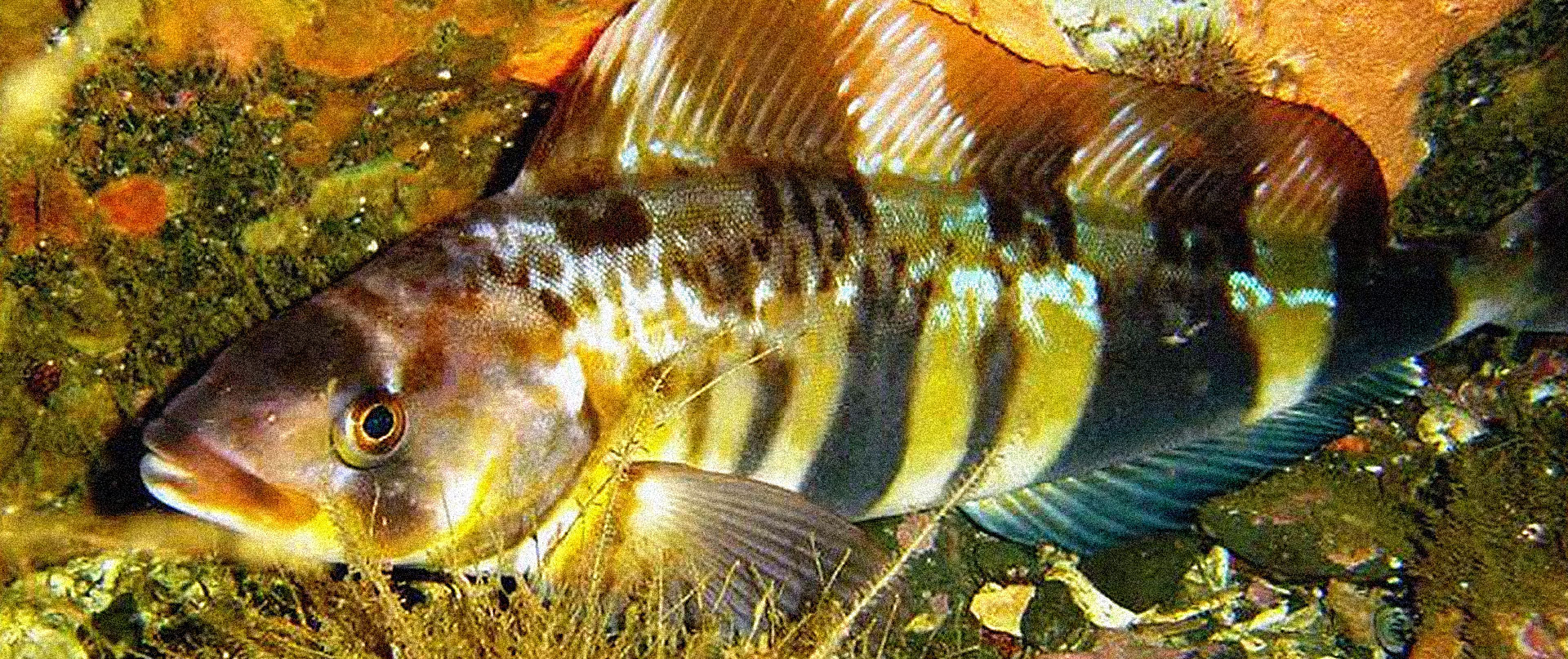
Loading

seafood encyclopedia

Atka Mackerel

 Overview
Overview
- Scientific Name: Pleurogrammus monopterygius
- US Market Name(s): Atka Mackerel
- Canada Market Name(s): Not listed by the Canadian Food Inspection Agency.
 Culinary Profile
Culinary Profile
Mackerel flesh offers a high oil content and a strong, distinct flavour. When raw - flesh is firm and brownish. When cooked - flesh becomes a creamy white colour.
 Description
Description
Mackerel is the common name applied to many species of fish - including the Atka Mackerel, Atlantic Mackerel, Pacific Mackerel and others. Atka Mackerel are members of the Hexagrammidae family – where as Atlantic and Pacific Mackerel are members of the Scrombidae family. Mackerel are known for their greenish blue backs, elongated round body and lack of scales. Atka Mackerel grow to be about 12 inches long.
 Habitat
Habitat
Atka Mackerel are a semi-pelagic species and travel in schools. This species is found exclusively in the North Pacific Ocean and Bering Sea - ranging from Kamchatka Peninsula in Russia throughout the Komondorskiye and Aleutian Islands to the Gulf of Alaska and Southeast Alaska. They are most abundant in the Central and Western Aleutian Islands.
 Fishing Season
Fishing Season

 Sustainability Status
Sustainability Status
Mackerel are fast-growing fish and are therefore resilient to fishing pressure. Pelagic and mid-water trawls used to catch Mackerel have low bycatch rates and do not damage the seafloor. Alaskan management practices are considered highly effective - serving as a model for effective fishery management worldwide.
